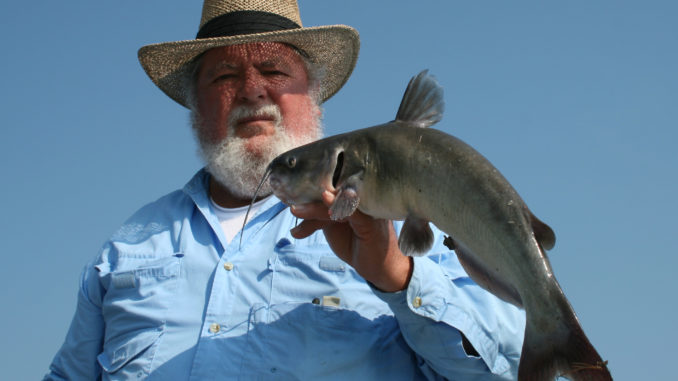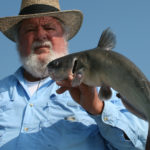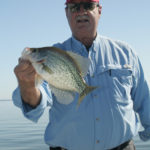
Fishing late is key to summer success on water
July fishing on the Santee Cooper lakes is a hot proposition, both because the heat and fishing patterns are quite dependable. Several species are locked into summertime patterns that will revolve around deep water, and those reliable patterns can be a key to success.
One thing many catfish guides rely on this time of year is a “half-and-half” trip, fishing the late afternoon and into the nocturnal hours until about midnight.
Capt. Alan Spence of Spence’s Guide Service (803-478-5029), who fishes primarily on Lake Marion, employs this tactic with excellent success.
“It actually gives us the best of both fishing times,” Spence said. “We get the late-afternoon fishing and the first few hours after dark.
“During this time period, the catfish will usually bite at some point, and the time period right as it gets dusky dark is often extremely productive. Generally, we’ll anchor and catch both blue and flathead catfish.”
Doug Allen of Doug’s Guide Service (843-825-6237) employs a similar tactic on Lake Moultrie. His preferred method in July is drift fishing.
“Since Lake Moultrie is open water with lots of humps, drops and ledges, I usually prefer to drift fish during July and August,” he said. “I’ll still target specific places, but I like the ability to cover more territory, looking for biting fish. I use a variety of cut bait for drifting, including herring, shad, perch and other cut bait. July can be a very good time to hook a big catfish if you’re fishing the right places.”
Catfish are certainly not the only fish species biting during July. For anglers with some local knowledge of deepwater brush, July can produce some of the best and most-consistent crappie fishing of the year. Guide Steve English (843-729-4044) fishes both lakes and said that the heat keeps crappie holding tight to sunken brush in various depths.
“I’ll fish live minnows in a variety of depths until I hit the pattern for the day,” English said. “However, the fishing is usually pretty consistent during the summer. With the hot weather, the fish are usually looking for good cover in or near deep water.
“Typically, the best depths will range a bit as the summer progresses, but I usually fish over the top of brush in perhaps 18 to 22 feet of water at first, and if the crappie are not real active, I’ll fish a bit deeper in and around the brush.
“Knowing the location of brush in different depths is also good, because on a cloudy day in the summer, you may find the fish considerably more shallow. In addition to the crappie, I’ll usually carry some crickets, because the really big bream will often get on these deeper brush piles during the summer, and fishermen can catch a limit of really big bream as well as slab crappie.”
Bass fishing is still productive, although the mid-day heat will often keep all but hardcore bass anglers off the water.
Guide Inky Davis (803-478-7289) said his favorite tactic begins with being on the water very early and fishing hard for a half of the day.
“At this time of the year, I try to be on the lake at first light,” Davis said. “Fish can be caught after that, but usually the only shallow-water bite will be early, then it’s back to deeper water and heavy cover. Most of my guide trips will end about mid-day to early afternoon because of the heat.
“But the patterns for largemouth are still good, and based on my records over the past few years, we have good results in July.
“Early mornings we’re fishing flats and ledges near deeper water. There is sometimes a bit of topwater action very early in the morning. Once the sun gets up, I’ll start fishing deeper cover such as trees, logs and weeds with worms, spinnerbaits and deeper crankbaits producing best.
“July is still a good time of the year to catch a big bass, and we’ll usually catch about 10 to 12 bass on a daylight to mid-day trip,” Davis said. “But the fishing has certainly improved in recent years, and we’ll have some days where we’ll catch and release 20 or more largemouth. The heat will bear down, but fishermen can still catch quality and quantity of largemouth.”
Bream fishing is good and fishermen will catch bream weeds and deeper trees with crickets and worms, as well as over deep brush piles.
Striper fishing season is closed until October.







Be the first to comment